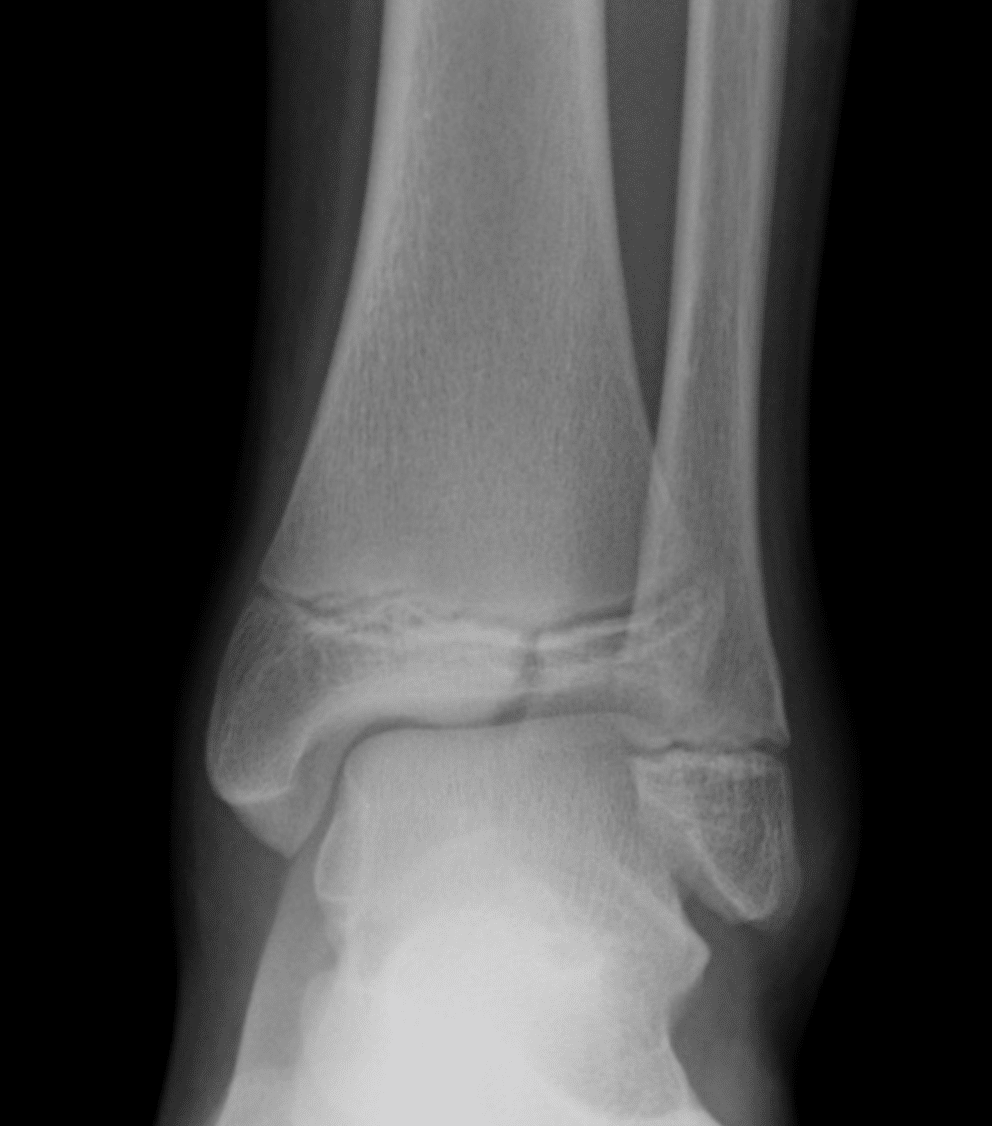

crushing type injury does not displace the growth plate but damages it by direct compression.poor prognosis as the proliferative and reserve zones are interrupted 2, 3), as originally described by Salter and Harris, extends directly through the growth plate, resulting in separation of the epiphysis from the metaphysis.fracture plane passes directly through the metaphysis, growth plate and down through the epiphysis.The aim of this study was to evaluate the functional and radiological outcome of these fractures. Prognosis is dominated by later risk of misalignment and osteoarthritis. Salter-Harris type III fractures describe a fracture through the epiphysis extending and continuing to the edge of the physis.

This injury is most likely to occur in basketball. How Does a Salter-Harris I Fracture Occur A Salter-Harris I fracture of the distal fibula typically occurs when a child rolls or twists the ankle. It is the mildest type of fracture that can occur to a growth plate. The fracture line passes through the medial part of the lower epiphyseal disk of the tibia. A Salter-Harris I fracture goes through the plane of the growth plate, without injuring the surrounding mature bone. described a rare case of isolated type III Salter-Harris injury of distal ulna in a 13-year-old patient, treated conservatively with good outcome and without any physeal arrest or other complications.

SALTER HARRIS TYPE 3 CODE
cannot occur if the growth plate is fused cit ICD-10-CM Code for Salter-Harris Type III physeal fracture of lower end of tibia S89.13 ICD-10 code S89.13 for Salter-Harris Type III physeal fracture of lower end of tibia is a medical classification as listed by WHO under the range - Injury, poisoning and certain other consequences of external causes.fracture plane passes all the way through the growth plate, not involving bone.ClassificationĬonveniently the Salter-Harris types can be remembered by the mnemonic SALTR. The Salter-Harris classification was proposed by Salter and Harris in 1963 1 and at the time of writing (June 2016) remains the most widely used system for describing physeal fractures.


 0 kommentar(er)
0 kommentar(er)
